The China-EU Agreement on Geographical Indications officially entered into force on March 1, 2021. It is China's first bilateral comprehensive and high-level agreement on the protection of geographical indications (GIs), and an important and practical outcome in the development of China-EU economic and trade relations in recent years.
We will continue to introduce to you the first batch of 100 Chinese GIs and 100 European GIs under the Agreement, to better protect and market them to meet the needs of consumers on both sides for a better life.
GI Episode 42: Pixian Douban
Pixian Douban, a local specialty of Pidu District (formerly Pixian County) of Chengdu, Sichuan Province, is one of the most classic seasonings in China and serves as the soul of Sichuan cuisine.
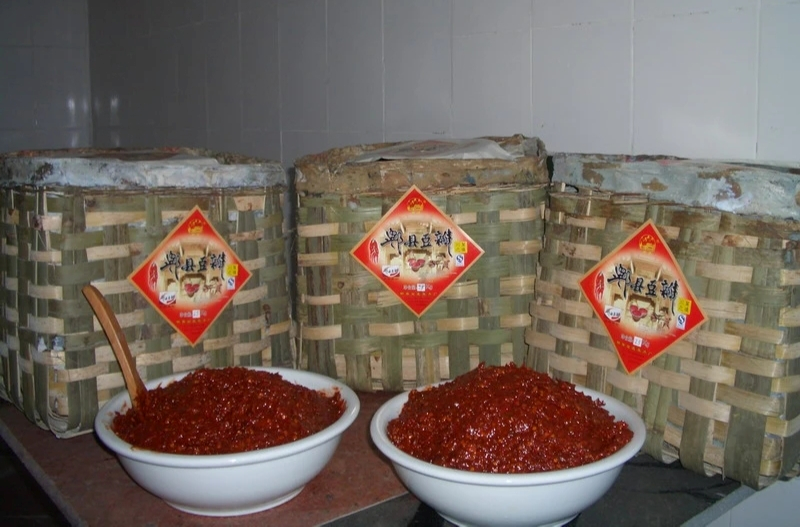
Pixian Douban is made from selected top-grade red chili, second-rate green broad bean, quality wheat flour and refined edible salt. Thanks to Pidu’s special natural conditions such as climate, soil and water quality, these raw materials are processed through salting, qu-starter-culture-making, mixing and fermentation before they are put into a tank. Then, the mixture is stirred, sun dried, and exposed to the air for further fermentation. The product is featured with red, brown and oily color, rich sauce fragrance, crisp beans, spicy but not dry flavor, mellow and long aftertaste, making it a common seasoning for Sichuan cuisine. The traditional processing technique for Pixian Douban is listed in the second batch of the national list of intangible cultural heritage of China.
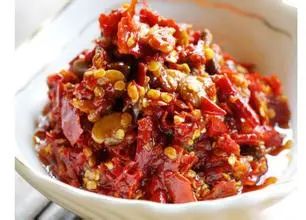
According to historical records, immigrants to Shu (today’s Sichuan Province) began to make Pixian Douban in the late Ming Dynasty and early Qing Dynasty. In 1688, during the reign of Emperor Kangxi of the Qing Dynasty, the Chen family inadvertently mixed dried broad beans with chili and a small amount of salt and used it for seasoning. Unexpectedly, they found it sweet and delicious, giving them a good appetite. This was the very beginning of Pixian Douban. In the mid-19th century under the reign of Emperor Xianfeng of the Qing Dynasty, Chen Shouxin, a descendent of the Chen family, devoted several years to improving his ancestors’ recipe. With reference to the making of fermented tofu (or fermented bean curd), he added wheat flour into the recipe, giving it an extraordinary flavor of umami and hotness. The Pixian Douban hence was born. In the following hundreds of years of inheritance and development, a highly mature production process has come into being, and the reputation of Pixian Douban has spread far and wide.
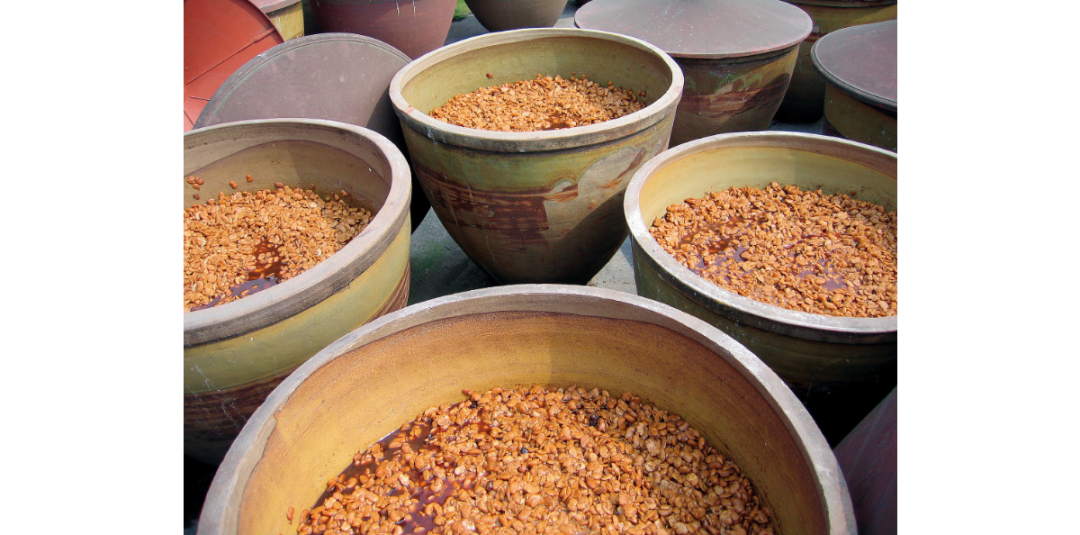
Pixian Douban is unique in material selection and production process. It is mellow in taste and oily in texture, but has no spice or grease in the ingredients. Its outstanding color, flavor and taste are solely the result of fine processing techniques and excellent raw materials. Since its birth, Pixian Douban has formed strong connections with the people in Sichuan and those who like Sichuan cuisine. The use of Pixian Douban has refined and diversified the cooking of Sichuan cuisine, leading to multiple flavors such as salty and umami (xianxian), homely (jiachang), spicy and numbing (mala), burnt and spicy (hula), fish-flavored (yuxiang), Sichuan-pepper-flavored (jiaoma), sour and spicy (suanla), and so on. As one type of technique and culture, Pixian Douban has deeply rooted in the blood and soul of Sichuan people and Sichuan cuisine, and gained increasing popularity in China and even the whole world. It is an indispensable seasoning for many famous Sichuan dishes such as Kung Pao Chicken, Mapo Tofu, Double-cooked Pork, Mao Xue Wang, Water-cooked Meat and Sichuan hotpot.
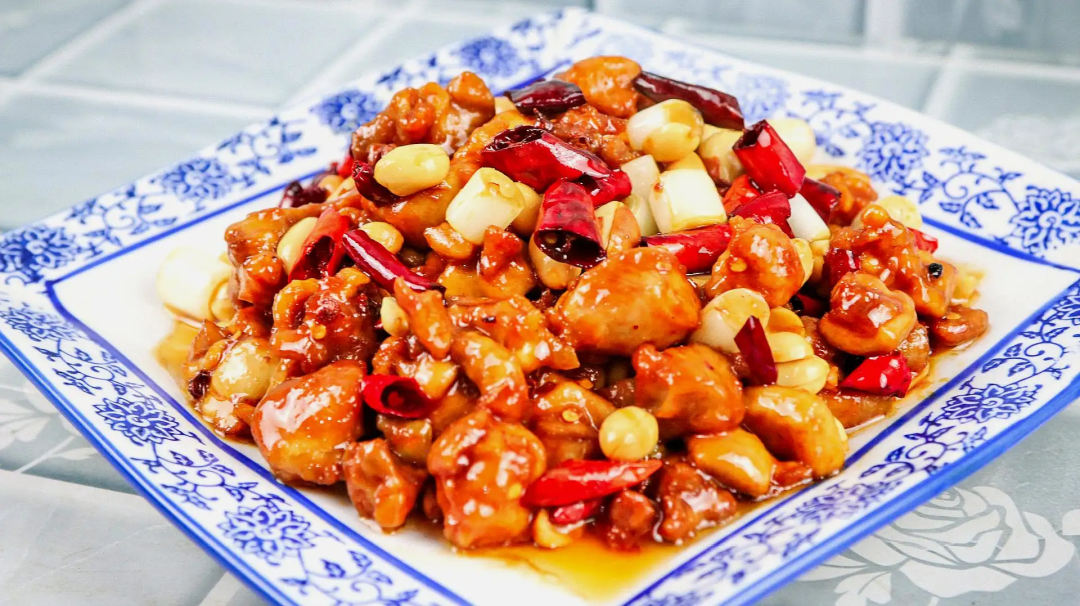
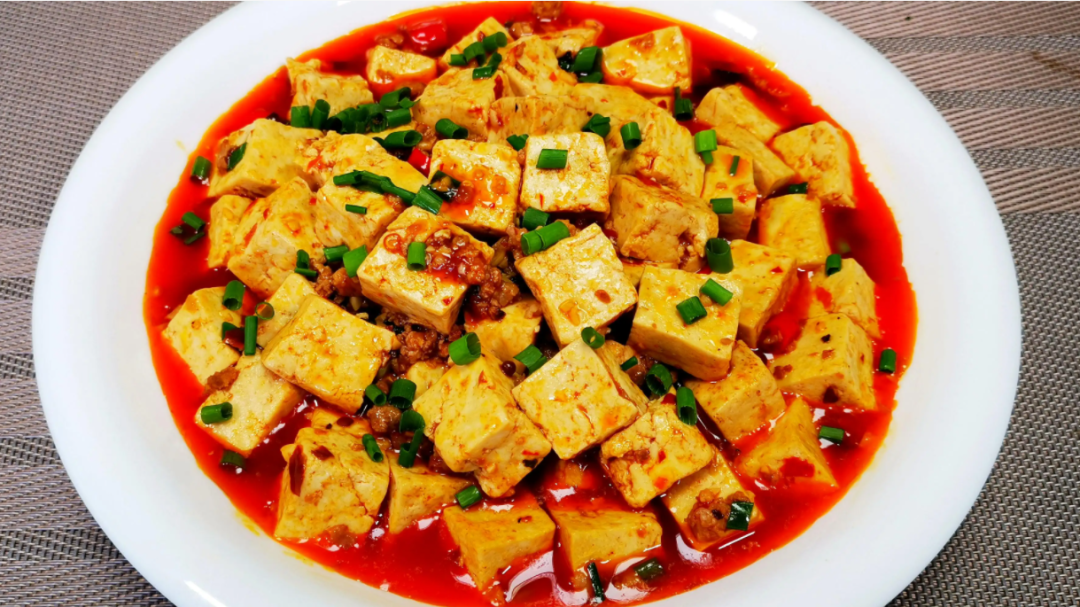
In terms of nutrition, Pixian Douban is rich in proteins, fats, carbohydrates, vitamin C and capsaicin. Long-term consumption can increase people’s appetite, stimulate blood circulation, and help expel dampness and coldness.

Since the 1980s, as Sichuan cuisine increasingly gained ground, the demand for Pixian Douban has largely expanded not only in the food and beverage industry but also in common households. As a result, manufacturers have begun to adopt mass production to increase output. In addition to satisfying the domestic market, Pixian Douban also contributes to foreign exchange earnings through exports and drives the development of packaging, transportation, bamboo weaving and other relevant industries. It greatly promotes the integration of urban and rural industries, and advances the socioeconomic development of Pixian County (Pidu District). Moreover, great progress has been made in the product mix, with newly launched products such as the seasoning series, oil series, Fansaoguang brand, condiment series and hotpot sauces. Pixian Douban is now sold all over China and are exported to Belgium and other European countries as well as the United States, Canada, New Zealand and Japan.
